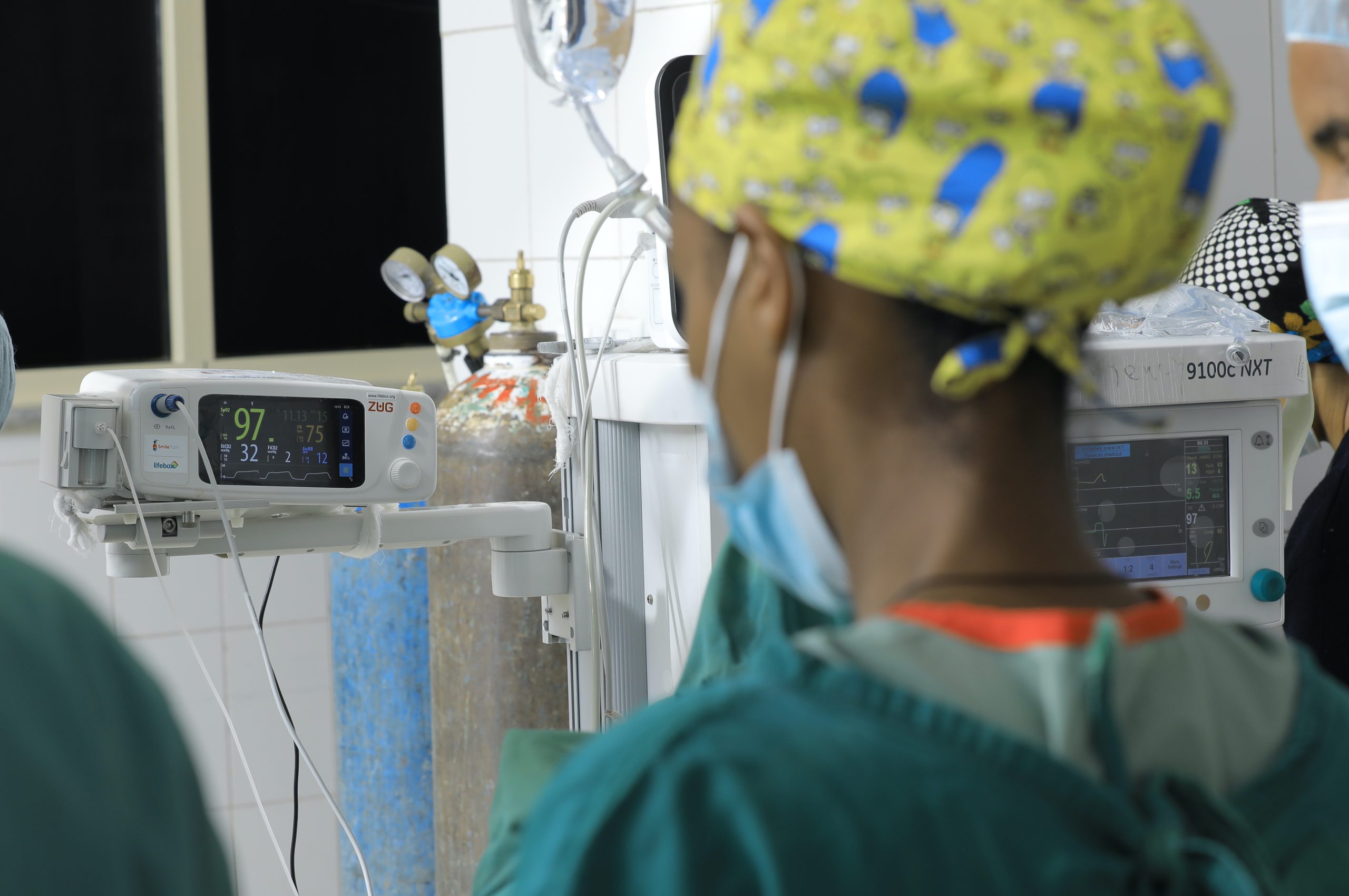
The surgery will still have to take place
Dr. Yifru on working where equipment is limited and the difference a capnograph makes for patients
 Dr. Anteneh Yifru is Assistant Professor of anesthesiology critical care and pain medicine at Yekatit 12 Hospital Medical College, Addis Ababa, Ethiopia. Dr. Yifru participated in the Smile Train-Lifebox Capnograph workshop in Ethiopia.
Dr. Anteneh Yifru is Assistant Professor of anesthesiology critical care and pain medicine at Yekatit 12 Hospital Medical College, Addis Ababa, Ethiopia. Dr. Yifru participated in the Smile Train-Lifebox Capnograph workshop in Ethiopia.
“We are trained to work in difficult situations where devices and equipment availability is limited or none existent. As a result, we train to use different and alternative methods when providing anesthesia and surgical services. Even though we may not have a capnograph device – be it as important as it is – the surgery will still have to take place and we monitor our patients using available instruments we have, such as the pulse oximeter, blood pressure apparatus, etc. So you can imagine in cases where I have a capnography device to monitor my patient, how easy my work becomes and how this boosts my confidence in providing safe and quality anesthesia care. I can easily and quickly detect any problem and take immediate corrective action.
Our hospital received two Smile Train-Lifebox Capnographs which is a huge help in significantly improving the quality of service and care we provide for our patients. Not all our operating rooms are equipped with capnography devices which means when we receive patients who have to be intubated, it could be difficult to do so without a capnograph aiding us. We could end up intubating a patient wrongly and this can easily occur to any experienced anesthesia provider. Recently, we had one such incident.
A male patient in his late thirties came in unconscious with a suspected respiratory and central nervous system problem. He had trouble breathing and had to be put on a ventilator. However, it was a difficult intubation and the patient ended up being wrongly intubated. We did not have a capnography monitor at the time and the problem was not identified immediately. I was called in. After assessing the situation and hearing of the measures they took, I identified the problem as being esophageal intubation. We immediately took corrective measures and the patient was very lucky for not having suffered any severe consequences which could have led to his death. But the lessons I take from this is, had we had a capnography device, our work would have been much easier since the device would help us promptly correct erroneous attempts of intubation.
Our job is similar to that of a pilot flying a plane. The only difference is in the number of people involved. A pilot transports up to 200 people at a time while we provide service for one person at a time. The risks, challenges, and stress faced by both the anesthesia provider and the pilot are very similar.
Advance preparations made in checking our devices, drugs, and others before surgery or take off, are very similar. The Checklist we use to ensure safety is even derived from the aviation industry. So imagine when a patient is first given anesthesia and goes to sleep, it is like an airplane going down the runway getting ready to take off. During the surgery, the patient sleeps which is equivalent to the plane flying stably at a given altitude. At the end of the surgery when it is time to wake up the patient, that is like the plane touching down.”
Smile Train and Lifebox are addressing the global capnography gap with the new Smile Train-Lifebox Capnograph, an affordable, high quality device suited for use in low-resource settings. Alongside equipment distribution, Smile Train and Lifebox are providing comprehensive training for anesthesia providers on its use.

